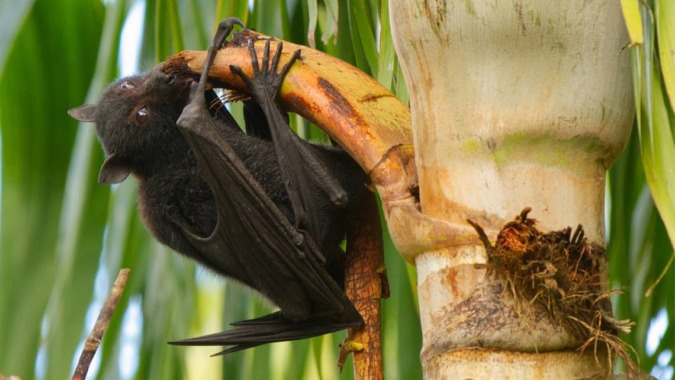
In recent years, emerging infectious diseases have garnered significant attention due to their potential to cause widespread outbreaks and pose a serious threat to public health. Among these pathogens is the Nipah virus, a deadly zoonotic virus that has caused several outbreaks in South Asia. With a high mortality rate and the absence of a specific treatment, the Nipah virus remains a significant concern for global health authorities.
Understanding Nipah Virus:
Nipah virus (NiV) is a member of the Paramyxoviridae family, genus Henipavirus. It was first identified in 1999 during an outbreak in Malaysia, affecting both pigs and humans. The virus primarily spreads through direct contact with infected animals, particularly fruit bats (Pteropus spp.), which serve as the natural reservoir for this virus.
Transmission:
Human infections usually occur through close contact with infected animals or their contaminated bodily fluids. Transmission can also happen through the consumption of fruits contaminated by infected bat droppings, or through direct human-to-human contact, especially in healthcare settings during outbreaks.
Clinical Presentation:
Nipah virus infection presents as a severe respiratory illness with symptoms such as fever, headache, dizziness, muscle pain, and sore throat. As the disease progresses, it can lead to encephalitis (inflammation of the brain), which manifests with disorientation, confusion, seizures, and, in some cases, coma. The incubation period ranges from 4 to 14 days, making early detection and containment challenging.
Outbreaks and Impact:
Since its discovery, Nipah virus outbreaks have been reported in several countries, including Malaysia, Bangladesh, India, and Singapore. These outbreaks have had a devastating impact on public health and local economies, leading to numerous fatalities and significant socio-economic disruptions.
Diagnosing Nipah Virus:
Diagnosing Nipah virus infection can be complex, as its early symptoms often mimic those of other common viral infections. Laboratory tests, such as enzyme-linked immunosorbent assay (ELISA) and real-time polymerase chain reaction (RT-PCR), are employed to detect the presence of the virus in patients’ blood or other bodily fluids.
Prevention and Control:
Currently, no specific antiviral treatment for Nipah virus infection exists. Supportive care, including managing respiratory and neurological symptoms, remains the primary approach.
Thus, emphasis is placed on preventive measures to contain outbreaks and minimize human-to-human transmission.
- Public awareness campaigns: Educating communities about the risks of consuming raw date palm sap and handling sick animals, particularly pigs, can help reduce the likelihood of infection.
- Surveillance and early detection: Implementing robust surveillance systems to detect and respond quickly to potential outbreaks is crucial in preventing widespread transmission.
- Infection control measures: During outbreaks, strict infection control measures must be implemented in healthcare facilities to prevent nosocomial transmission.
- Quarantine and isolation: Suspected and confirmed cases should be promptly isolated to limit further transmission.
Research and Global Cooperation:
Given the severity of Nipah virus outbreaks and its potential to cause pandemics, international cooperation in research and information sharing is vital. Scientists and health authorities worldwide must collaborate to develop effective treatments, vaccines, and diagnostic tools to combat this deadly virus.
Conclusion
The Nipah virus continues to pose a significant threat to global health, with the potential for devastating outbreaks and fatalities. Public health efforts must focus on prevention, early detection, and swift response to contain the virus and protect vulnerable communities. International collaboration and research initiatives will be pivotal in advancing our understanding of Nipah virus and finding effective solutions to mitigate its impact on human health.
What's Your Reaction?
One of my friends once said, I am in love with words and a zoned out poser... well, I will keep it the way it has been said! Besides that you can call me a compulsive poet, wanna-be painter and an amateur photographer






Very informative article 👍🏼